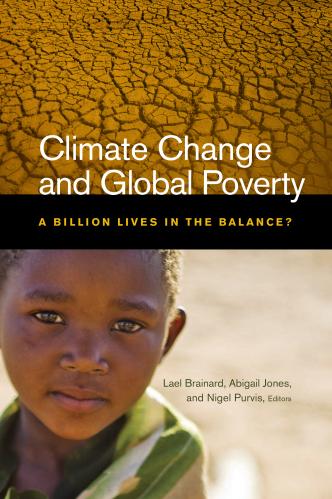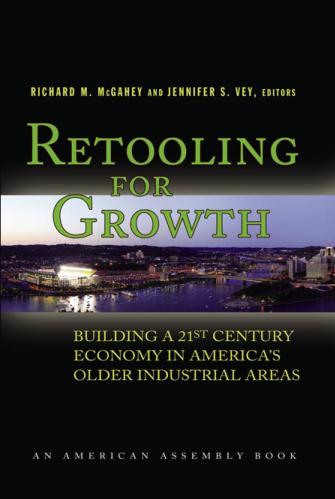Executive Summary
Economic need has grown in Wisconsin over the past few years as the effects of the Great Recession have hit the state head on. Conventional poverty measures indicate a rise in poverty between 2008 and 2009 for all individuals and for children. Yet the story differs under the more comprehensive Wisconsin Poverty Measure, which finds little change in the number of poor individuals and families after measuring the impact of public policies designed to help the poor and the unemployed. In this third annual Wisconsin Poverty Report, we use the Wisconsin measure to examine need in 2009 and changes in economic security from 2008 to 2009. Unveiled by Institute for Research on Poverty researchers last year, the Wisconsin Poverty Measure more broadly assesses needs and resources to better understand the impact of state and federal policies.
The official poverty measure in the United States captures only cash income, and so it overlooks changes in poverty due to expansions or contractions of tax credits and noncash benefits, thereby missing many policies undertaken in response to the Great Recession. To capture the effects of such policies, as well as the impacts on poverty of work-related costs and health care costs that impinge on family-income spending, we turn to our more expansive measure. The Wisconsin measure incorporates many elements of the proposed Supplemental Poverty Measure under development at the federal level, while also taking into account Wisconsin’s own policies and priorities and state-specific costs of living.
In 2009, 11.5 percent of the Wisconsin population was poor under the Wisconsin Poverty Measure, virtually unchanged from the rate for 2008. In contrast, the official poverty rate increased from 10.2 percent to 12.4 percent. The contrast between the official and comprehensive measures is even stronger for child poverty, which increased almost 4 percentage points under the older, cash-based measure, but showed no significant change between 2008 and 2009 under the more inclusive Wisconsin measure. We find that expanded tax credits and food assistance benefits offset a drop in families’ earnings and cash income in 2009 and kept child poverty from rising between 2008 and 2009.
Even with these benefits, however, child poverty is higher than poverty for other ages, at 13.4 percent under the Wisconsin measure in 2009, compared to 9.6 percent for the elderly and 11.2 percent for adults between the ages of 18 and 64. There was no significant change in elderly poverty between 2008 and 2009 under either the Wisconsin or the official measure.
The results in this report demonstrate a strong contrast between alternative poverty measures such as the Wisconsin Poverty Measure and the official poverty measure. By analyzing both the policies in place to support families and the specific costs of getting by in our state, the Wisconsin measure tells us how families are faring in tough economic times and quantifies the difference public policies make in the lives of those in need.










